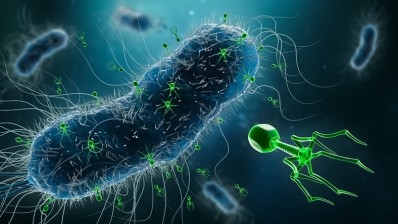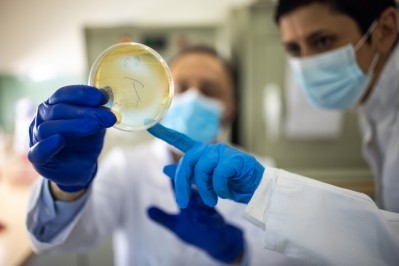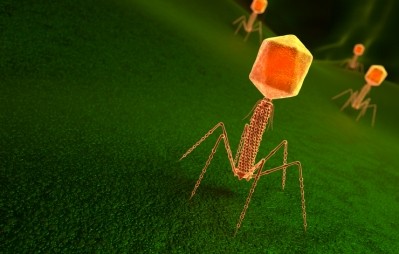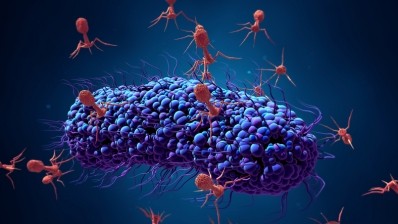EnBiotix, Elanco team up to offer antibiotic alternatives for animal production

Massachusetts-based EnBiotix is set to work with Indiana-based Elanco to develop engineered phage technology to offer a non-antibiotic treatment for animals, said Jeff Wager, chairman and CEO of EnBiotix.
“We have agreed upon a research plan with Elanco, the scope and terms are confidential, but it incorporates several elements of phage engineering,” he told FeedNavigator.
The partnership is part of Elanco’s work to develop antibiotic alternatives, said Jeff Simmons, president of Elanco Animal Health, in a release. “Innovative research will be key to protecting both human and animal health while safeguarding antibiotics for future generations,” he added.
Partnership
The company was interested in partnering with Elanco for this project on animal health related products because of the current work that Elanco has been doing, said Wager. “Their leadership position in animal health generally as evidenced not just by market position, but by the degree to which they are engaging in innovative R & D and corporate expansion,” he added on what generated the interest.
Elanco’s acquisition of Novartis Animal Health, demonstrates that it is establishing itself as a globally dominate player, he said. Additionally, their work with antibiotic alternatives and the company’s stewardship campaign has been worth watching, he added.
“This is a new area for us, this is our first foray into animal health, and collaborating with such a veteran and leading animal health industry player, we’re very happy about it,” continued Wager.
EnBiotix started as a company working with engineered antibiotic treatments predominantly in the area of human health. The initial research behind those projects also included efforts to design natural bacteriophages.
“Most of the companies working in phages are trying to develop cocktails of natural phages to eradicate bacterial infections, but we wanted to extend that one step further and harness the specificity of phage to deliver the specific payload to bacteria,” he said.
The partnership may be the first corporate collaboration to address development and use of engineered phage technology, he said. “Now that we are where we are in the field we want to maintain and advance it,” he added
The companies are not releasing information about which diseases or species they are currently focusing on in their research, he said.
The final delivery methods for treatments have not been established, but could take multiple forms, said Wager. “That’s one area of product development that will come after some of the engineered phage construction work,” he added.
Phage engineering
Many of bacteriophages have evolved to target specific bacteria strains or species, said Wager. That ability, in addition to both the growing concern of drug-resistant bacteria and the push for animal producers to move away from using antibiotics has generated new interest in using phages.
“Natural bacteriophages are the predators of bacteria,” he said. “They are viruses that only infect bacterial cells, they don’t infect animal, human or plant cells.”
There are three common modalities in which phages can be used to address bacterial challenges in animal production, said Wager.
The first introduces a phage that carries a DNA sequence with the ability to be inserted into the bacteria, replicated and used to degrade biofilm, he said. Biofilms have become a problem because they can protect the pathogenic bacteria or make the bacteria more tolerant to antibiotics.
A second method is to have the phage deliver an antimicrobial peptide to the bacteria, he said. When the bacteria replicate the peptide becomes lethal and when the bacteria die, the peptide spreads to others in the vicinity.
Another phage modality can be used to deliver a genetic mechanism that overcomes the mechanism of resistance in the bacteria, he said. “Those are the three we’ve been developing,” he added.
“The activity that we’ve been seeing from the different modalities, they are far superior in terms of natural phages in terms of killing potential,” said Wager.
“I can’t say which one we’re mostly working on because it’s proprietary – it is definitely involving one of these modalities in a tailored fashion which we think shows great promise for the animal health targets,” he said. “We think the therapy can to a greater or lesser extent touch upon all three.”
He added that the designed technologies may be used for disease treatment or prevention and may also have an influence on animal growth factor as those are the common current uses of antibiotics in animal feed.








